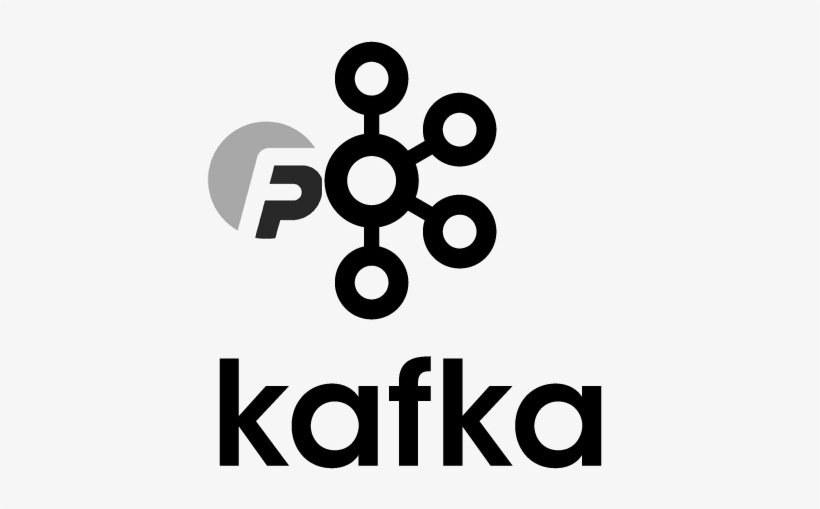Apache Kafka, an open-source distributed event streaming platform, has become a crucial component in many data architectures due to its capabilities for handling large, real-time data streams. As the complexity and volume of data continue to rise, understanding the mechanisms of data movement, especially Kafka’s producer to consumer message flow, becomes essential.
In this article, we will delve into Kafka’s intricate data mechanics, demystify the concepts of producers, consumers, brokers, topics, partitions, and offsets, and illuminate the journey of a message within Kafka. By understanding these concepts and observing some code examples, you’ll be better equipped to design and implement your Kafka-based applications.
Getting to Grips with Kafka’s Components
Before we dissect the data flow, let’s define some core Kafka components:
- Producer: The source of data, it pushes messages into Kafka topics.
- Consumer: The recipient of data, it pulls messages from Kafka topics.
- Broker: Essentially, a Kafka server that manages the storage and distribution of messages.
- Topic: A logical channel to which producers publish messages and from which consumers read.
- Partition: A technique to divide a topic into multiple segments for better scalability and speed.
- Offset: A unique identifier for each message within a partition, marking its position in the sequence.
Understanding these components provides a solid foundation to appreciate Kafka’s message flow.
The Journey of a Message in Kafka
The trip of a message from a producer to a consumer involves a series of stages. We will go through this process with examples:
Step 1: Producer Configuration
To start the journey, a Kafka producer needs to be created and configured. This step involves defining properties that are used at the time of producer construction. Here’s an example of creating a Kafka producer in Java:
Properties properties = new Properties();
properties.setProperty("bootstrap.servers", "localhost:9092");
properties.setProperty("key.serializer", "org.apache.kafka.common.serialization.StringSerializer");
properties.setProperty("value.serializer", "org.apache.kafka.common.serialization.StringSerializer");
KafkaProducer<String, String> producer = new KafkaProducer<String, String>(properties);Step 2: Publishing Messages to Kafka
After setting up the producer, we need to send messages to Kafka. The producer will need to know the topic to send the message to, and of course, the message content. Here is how we send a message to Kafka using the configured producer:
ProducerRecord<String, String> record = new ProducerRecord<>("myTopic", "Hello, Kafka!");
producer.send(record);
producer.close();Step 3: Consumer Configuration
On the other side of the journey, a Kafka consumer needs to be created and configured to receive messages. Similar to the producer, the consumer requires certain properties to be defined at construction time. Here’s an example:
Properties properties = new Properties();
properties.setProperty("bootstrap.servers", "localhost:9092");
properties.setProperty("key.deserializer", "org.apache.kafka.common.serialization.StringDeserializer");
properties.setProperty("value.deserializer", "org.apache.kafka.common.serialization.StringDeserializer");
properties.setProperty("group.id", "test");
KafkaConsumer<String, String> consumer = new KafkaConsumer<String, String>(properties);Step 4: Consuming Messages from Kafka
With the consumer ready, it can subscribe to one or more topics and start consuming messages from these topics’ partitions. Here’s an example:
consumer.subscribe(Arrays.asList("myTopic"));
while (true) {
ConsumerRecords<String, String> records = consumer.poll(Duration.ofMillis(100));
for (ConsumerRecord<String, String> record : records) {
System.out.printf("offset = %d, key = %s, value = %s%n", record.offset(), record.key(), record.value());
}
}Step 5: Managing Consumer Groups and Offsets
In Kafka, consumers can form a group to read data concurrently. Each consumer in the group reads from exclusive partitions. Kafka handles the offset commit for each consumer group automatically. Here’s how to manually commit an offset:
consumer.commitSync();Kafka: Beyond the Basics
Now, you’ve witnessed the flow of a message in Kafka, from a producer to a consumer, via brokers and topics, and potentially distributed across several partitions. You’ve learned how offsets are used to track the progress of a consumer through a partition.
However, Kafka is more than a simple message broker. It’s a complete distributed event streaming platform that can handle real-time data feeds. Its horizontal scalability, fault tolerance, and high-throughput make Kafka suitable for a wide range of tasks, from traditional messaging and microservices to event sourcing, stream processing, and, of course, real-time data streaming and analytics.
Conclusion
Apache Kafka’s architecture revolves around the principle of efficiently moving a message from producers to consumers, ensuring that data is correctly and efficiently processed. Understanding Kafka’s core components and their interaction within the Kafka ecosystem is vital to effectively utilizing Kafka in your real-time applications.
The journey of a message within Kafka may seem complicated, but its understanding offers insightful perspectives on Kafka’s capabilities as a distributed event streaming platform. Remember, Apache Kafka isn’t just a tool; it’s a powerful framework that can transform the way you work with real-time data.
Whether you’re working on microservices architecture, building a real-time analytics platform, or operating a complex event processing system, mastering Kafka’s message flow will provide a sturdy foundation for your data streaming journey.












